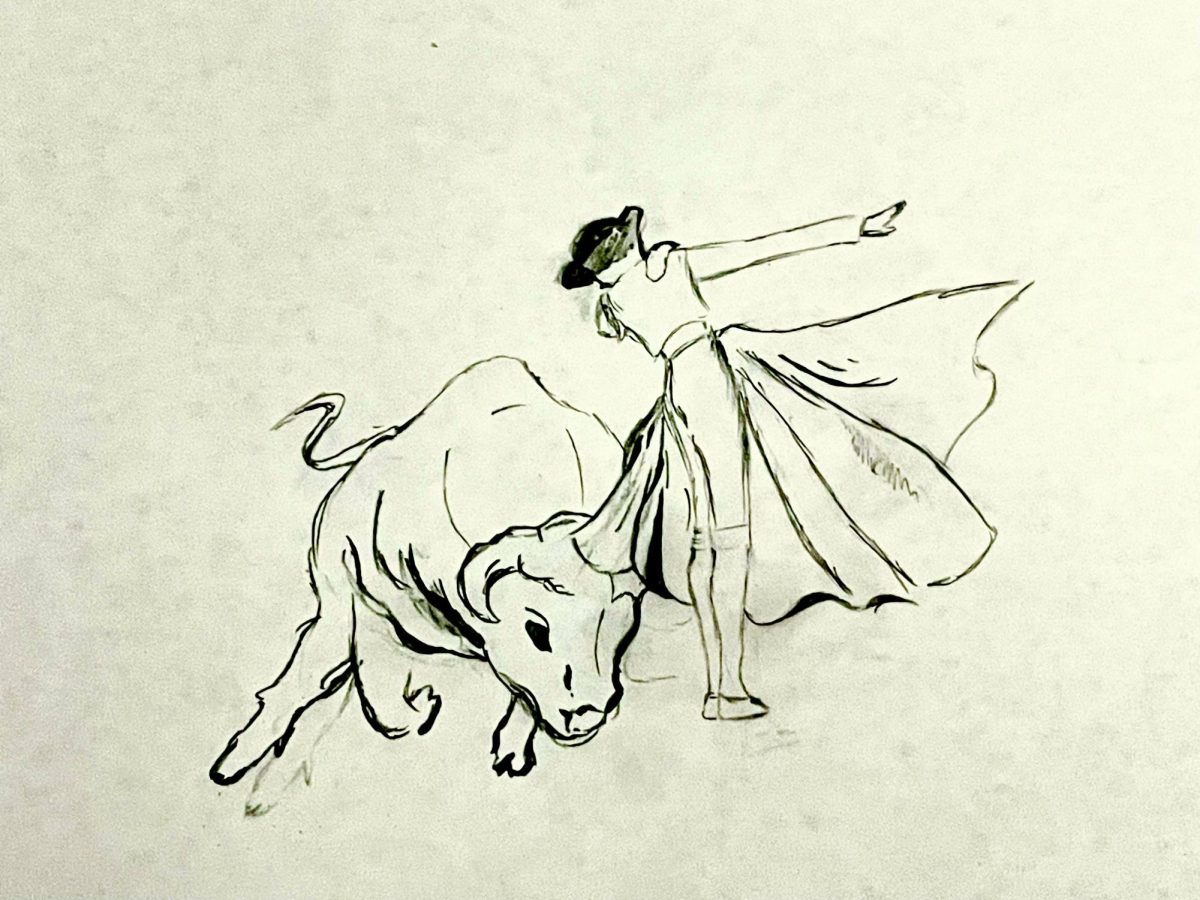It’s been nearly two years since bullfights were banned in Mexico City in May 2022, guaranteeing a safe environment free of violence for its citizens. But sadly, this act only lasted till December 2023 when the Supreme Court of Justice revoked the ban while it decides whether bullfights affect animal welfare. Several bullfights have already been held in La Plaza Mexico, the largest bullring in the world, which can hold more than 41,000 people in it. Inversely, protesters have taken to the streets of Mexico City to show their opposition of the sport. One of them, activist Guillermo Sanchez, asked, “why the bullfights were allowed to return when there is so much evidence of all the damage they do to a living being.”
Mexico is one of the 7 countries where bullfighting is legal (the others being Spain, France, Colombia, Venezuela, Peru, and Ecuador). Each year, approximately 180,000 bulls are slaughtered in bullfights (hsi.org). Even though these still continue, nearly 75% of French people are in support of a bulfighting ban, and 58% of people in Spain ages 16-65 oppose bullfighting (euronews.com). These are all indications that the desire for bullfights and interest in their conservation is decreasing. People are beginning to see all the atrocious and appalling actions that a bullfight consists of. “We are talking about living and feeling beings. These are mammals with a nervous system that enables them to feel pain and suffering with the same intensity as humans…and who shouldn’t be exposed to a slow and painful death,” said Colombian senator and longtime animal rights activist Andrea Padilla.
But we must also take into consideration the traditional or cultural background that this activity holds. This centuries old custom originated in Spain, but it might actually have been inspired or influenced by bull sacrifices made in ancient Mesopotamia. Ms. Garza-Wells here at CHS says “I appreciate the traditions… its legacy coming from Spain…It has an importance when it comes to a historical aspect and… I think it does have an educational component that needs to be spoken about more.” It is very true that the practices that are unique to each country or culture are very valuable and should not be ignored. But when it comes to killing animals it is simply morally wrong.
In a bullfight the matador is supposed to swiftly kill the bull by placing his sword in a diminutive area between the bull’s shoulders where his heart resides. But according to the Humane Society International, “in most cases the matador misses the target, injuring the bull’s lungs and bronchial tubes, causing blood to flow and bubble through the animal’s mouth and nose.”How can someone watch this ‘spectacle’ and not feel deep inside them that it is something awful? How does your conscience not tell you that this is bad and cause you to feel empathy for the poor creature? FFA teacher, Ms. Williams, here at CHS says that, “If you’re gonna kill an animal just for funsies and then not use the products that it produces then I don’t think that’s okay.”
I believe that this degrading practice in which animals are killed and tortured is wrong, and that to take pleasure from another living being’s suffering, whether they are humans or animals, is cruel and disturbing. Bullfighting is not an art, it is torture. It would be like calling murder, deforestation, testing chemicals on animals, or polluting an art. These are all things that destroy and seriously harm others, excusing them as creative doesn’t make them right.
There exist other alternatives, such as holding a bullfight but not killing the bull. In these cases I believe it is fairer to the animal than simply taking away its right to live. The tradition could be discussed or talked about in schools, but it is simply too cruel to resume. In my opinion, taking actions to eradicate this activity will not only benefit the animals, but the wellbeing of humans too. Just imagine the impact watching a living creature slowly being killed has on someone’s mental health. Therefore the government should take this into consideration along with all the other factors indicating the harmful effects of this sport, and initiate the proper measures to provide its citizens with a safe environment.


























